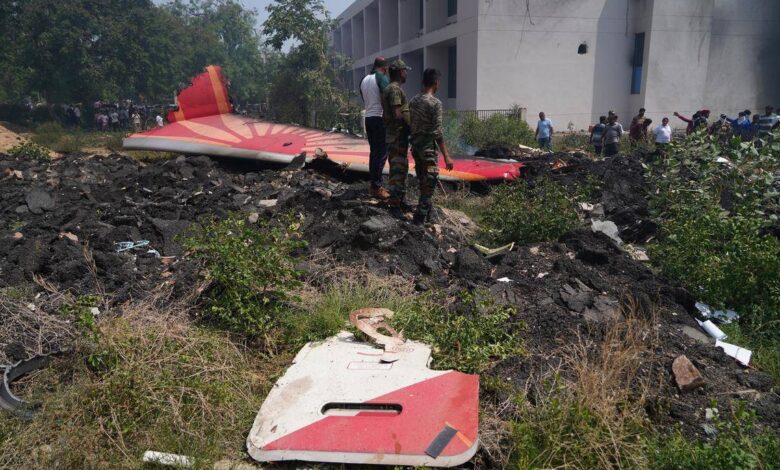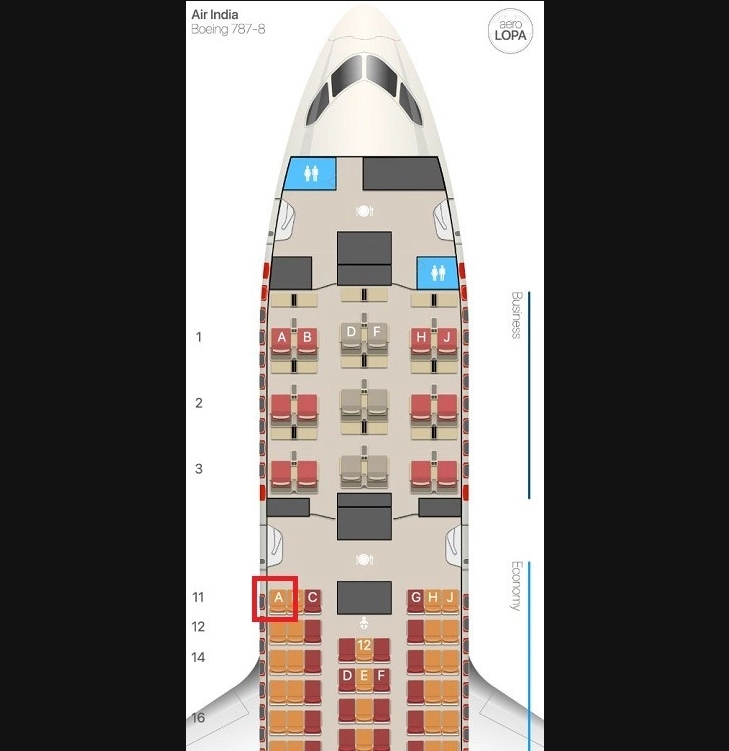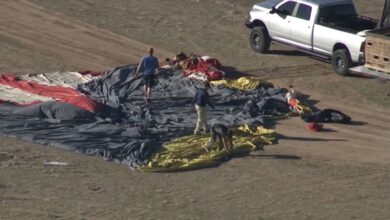Factors that helped British passengers escape death in Indian plane crash

A seat near the door may have helped Vishwash Kumar Ramesh escape the Air India plane crash that killed more than 260 people.
An Air India plane carrying 230 passengers and 12 crew members lost altitude shortly after taking off from Ahmedabad airport in Gujarat state on June 12 and crashed into a nearby medical school dormitory.
Indian police said the accident killed at least 265 people, of which Air India confirmed 241 people on board died, with only one survivor. This passenger was Vishwash Kumar Ramesh, 40 years old, British nationality, who is being treated at a hospital in Ahmedabad city.
Ramesh doesn’t know how he survived. “There was a loud noise 30 seconds after takeoff, then the plane crashed. Everything happened so fast. When I woke up, I saw bodies all around me and I was very scared. I stood up and ran,” Ramesh recounted from his hospital bed.
Vidhi Chaudhary, an Ahmedabad police officer, told Reuters that Ramesh “was sitting near the emergency exit and jumped out”.
“In this accident, I think it’s a miracle that anyone survived, because technically, no one could have survived that collision,” Professor Edwin Galea, director of the Fire Safety Engineering Group (FSEG) at the University of Greenwich, told the Telegraph.
 Indian Home Minister Amit Shah visits Vishwash Kumar Ramesh at the hospital on June 12.
Indian Home Minister Amit Shah visits Vishwash Kumar Ramesh at the hospital on June 12.
The crashed plane was a Boeing 787-8 Dreamliner. The aircraft has eight emergency exits, each with at least one crew member.
Ramesh’s boarding pass shows him sitting in seat 11A, the first row of economy, in front of the wing and next to the emergency exit on the left side of the plane. This position allowed Ramesh more legroom and comfort for the more than nine-hour journey to the UK.
This may have been the key factor that saved the male passenger’s life, as a 2006 study by Professor Galea found that passengers sitting within five rows of the emergency exit had a higher chance of survival.
“Site 11A is located right next to exit 2 on the Boeing 787-8,” Galea said. “Passengers can easily reach and open the door.”

Seat 11A (circled in red) on an Air India Boeing 787-8.
Opposite 11A is the flight attendants’ jump seat. Flight attendants are trained to evacuate the entire plane within 90 seconds in an emergency.
“Either the flight attendant opened the emergency exit or the male passenger did it himself,” Galea said. “Or the fuselage was broken so much that he could just escape through the gap.”
“Anyone who is five rows further from the exit has a higher risk of dying, even if they survive the initial impact,” Galea said. But he noted that there is no such thing as a perfectly safe seat, as each crash is very different, depending on factors such as how the plane lands and whether there is a fire.
In addition, seat 11A is located in a sturdy area called the “wing box” of the plane. This is where the wings meet the fuselage, so it is the strongest. “That could also be a factor in increasing survivability,” Galea said.
According to experts, even with these favorable factors, a passenger’s survival also depends on luck, as people sitting right next to Ramesh such as 11B, 11C and 12A all died.
David Soucie, a former safety inspector for the US Federal Aviation Administration (FAA), was also surprised that a passenger sitting in the front seat could survive such a plane crash.
 Vishwash Kumar Ramesh, a survivor of a plane crash in India on the afternoon of June 12.
Vishwash Kumar Ramesh, a survivor of a plane crash in India on the afternoon of June 12.
Doctors said Ramesh’s condition was “not too critical” and he could be discharged in the next few days.
“He is not seriously injured. Ramesh is in a very stable condition and is under close observation, there is no problem,” said Dr Rajnish Patel, head of surgery at Ahmedabad Civil Hospital.





